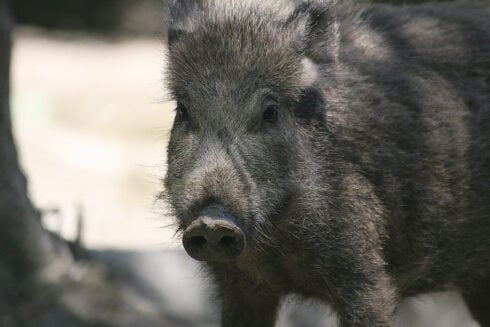PROTESTS against tourism, angry locals targeting tourists with water pistols, and pictures of banners saying,’Your paradise is our nightmare’ have dominated local and international media headlines over the past two years.
Tourism contributes more than 12% to the national GDP and it’s unlikely the tourists will stop coming. Yet more than 80% of the tourists visit the Spanish islands or stick to the Mediterranean coast, director of the Spanish Tourist Office in London Manuel Butler said.
READ MORE: Stargazer’s dream: Spain’s top five locations for the clearest view of the night sky
There’s now an effort to broaden tourists’ horizons…
“Spain has a responsibility to lead the shift towards a more environmentally and socially sustainable model,” Butler said. “We’re encouraging visitors to explore our lesser-known regions, stay longer, and travel outside peak summer months where possible.”
So what about the parts of Spain that are welcoming tourists?
La Rioja
Where 15.5 million tourists stayed in Barcelona last year, only 180,000 visited Spain’s famous wine region.
In the rolling foothills of the Pyrenees, there are more than 500 wineries, from boutique bodegas to some of the most awarded names in the wine industry.
Extremadura
This landlocked region shares its western border with Portugal and it is rich in history with three UNESCO World Heritage sites: Cáceres, Mérida and Guadalupe.
Spain’s green northern coast
Laze on a beach in the Basque country, enjoy the foodie paradise of San Sebastián, or road trip along the rugged Atlantic coast from Asturias to Galicia.
El Hierro for island time
This is Spain’s least-visited island and is the wildest and most westerly of the Canary Islands.
It’s a haven of sustainable tourism. “We want to increase tourism and simultaneously improve the island’s standard of living, but not to the detriment of the residents’ quality of life or the island’s natural resources,” said Davinia Suárez Armas, El Hierro’s tourism minister.
There are no direct flights from outside the archipelago, but the volcanic terrain and dense forests home to more than 100 native species of flora and fauna make this a not-to-be-missed destination.
Teruel
Located in eastern Spain, to make it to Teruel, travellers will have to go overland, driving at least four hours south of Barcelona.
In this neglected region, truffle hunting is a key activity, as well as hiking tracks which will take you past 150-million-year-old dinosaur tracks.
READ MORE: Five lesser-known Spanish retreats to escape the heat waves this summer
Click here to read more Olive Press Travel News from The Olive Press.








